The Disney age of Star Wars has seen the introduction of some pretty incredible characters. The franchise has widely opened the door of diversity, inviting kids of all ages, races, and genders to see themselves represented in a galaxy far, far away. But for every introduction that has captured the hearts of viewers, there are others that have definitely missed the mark. Terec and Ceret, Kotabi Jedi created for the comic series Star Wars: The High Republic, are among those inclusions that didn’t hit quite right.
It’s ultimately a shame as the High Republic series is solid overall. Set just after the formation of the Republic, it follows the Jedi at the height of their power and is littered with skilled and interesting Jedi making their way through the galaxy and helping the fledgling Republic. It has some creative beasties the knights take on and even introduces the concept of battle Hutts. Seriously, it’s worth the read just to see the tubby slug-people kicking butt with a bunch of Jedi. Main character Keeve Trennis has so many powerful Jedi to compare herself to, it seems strange how much emphasis she puts on “legends” Terec and Ceret.
Who are Terec and Ceret?
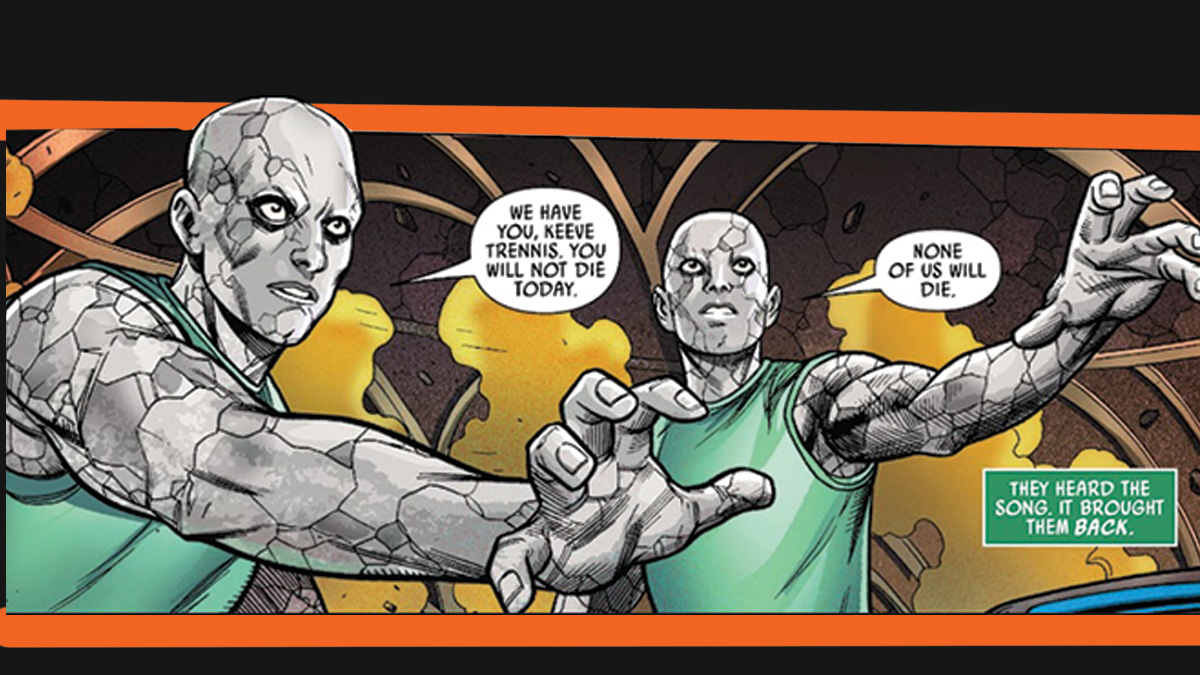
The twins are part of a hairless, non-binary, humanoid race with ash-pale skin and eyes so dark and recessed, they look like an Attack on Titan character with a healthy dose of PTSD. They are both inquisitive and analytical, not bad traits but executed in much the same way Mr. Spock behaves in Star Trek. It’s a joke how “fascinating” and “intriguing” everything is for the two, one emphasized by their off-putting appearance and the artist’s tendency to use their faces to overexpress emotion.
Their other defining trait is the tragically overused Twin Telepathy trope with a healthy dose of the Single-Minded Twins cliché layered on top. The two share a hive mind and, as described by the other characters, essentially act as one being. Their bond is so intense, they can feel one another’s pain, emotions, and when one is possessed by an evil entity, the other one goes down with them. This fusion could be a fascinating cornerstone for the characters — except they never grow past it. It’s the only thing the writers came up with for them, and it leaves the reader wishing the twins were something more. Their “shared brilliant mind” is essentially only used to share information from one group to another, like the galaxy doesn’t have long-distance communication already.
Beyond rudimentary technology to fill their position, the other Jedi also use variations of the only thing that makes the twins interesting. That’s the problem with using a trope like twin telepathy in a universe of super-people. The twins’ hive mind isn’t something outside of the norm for Jedi. Luke could sense the danger his friends faced in Cloud City, Leia felt Luke reaching out for her, and Anakin Skywalker dreamt of his mother’s pain for weeks. The one defined aspect of the twins is something that most other Jedi can do. There is barely enough substance to the two to make one character, and yet, the writers split them into two Dr. Manhattan-looking weirdos that rarely shine as brightly as the other Jedi in the series.
Characters are allowed to be imperfect, especially in comics where there isn’t room for superfluous dialogue, and most wouldn’t have batted an eye at the twins’ lackluster inclusion if it wasn’t for the way they were introduced. On the Transgender Day of Visibility, the duo were posted to Instagram with the message, “We support trans lives, and we are passionate and committed to broadening our representation in a galaxy far far away.” The sentiment is laudable, as is the inclusion of a character to represent this group of people — the problem is companies like Disney heralding this moment on the world’s largest gong with the smallest mallet.
What does Trans or Non-Binary mean?
It’s important to have the definitions of what either term means on hand as we go forward, and to acknowledge there is a spectrum of gender identities. There are trans people who identify as non-binary, but that group is the tiny center of a massive Venn diagram, with the two communities on either side having many more folks that could be represented. It’s not that this particular subset of trans people doesn’t exist, there are certainly those who fall into this category and deserve to be represented, but the insistence on the two identities is what makes this whole ordeal so strange.
Non-binary is when a person doesn’t identify with male or female as their primary gender. They can identify as male and female at the same time, as something in-between the two, or as something completely outside of the two identities. It’s like an umbrella term for people who don’t fit the typical characteristics of gender — it’s the acceptance of many gender identities, or none at all.
To be transgender is to have a gender different from the one you were assigned at birth. This means essentially that whatever outward-facing biology one has doesn’t reflect the inner self. Trans people typically acknowledge gender, since they feel conflicted about the differences between what gender they are and what gender they were assigned at birth.
Why does it matter?
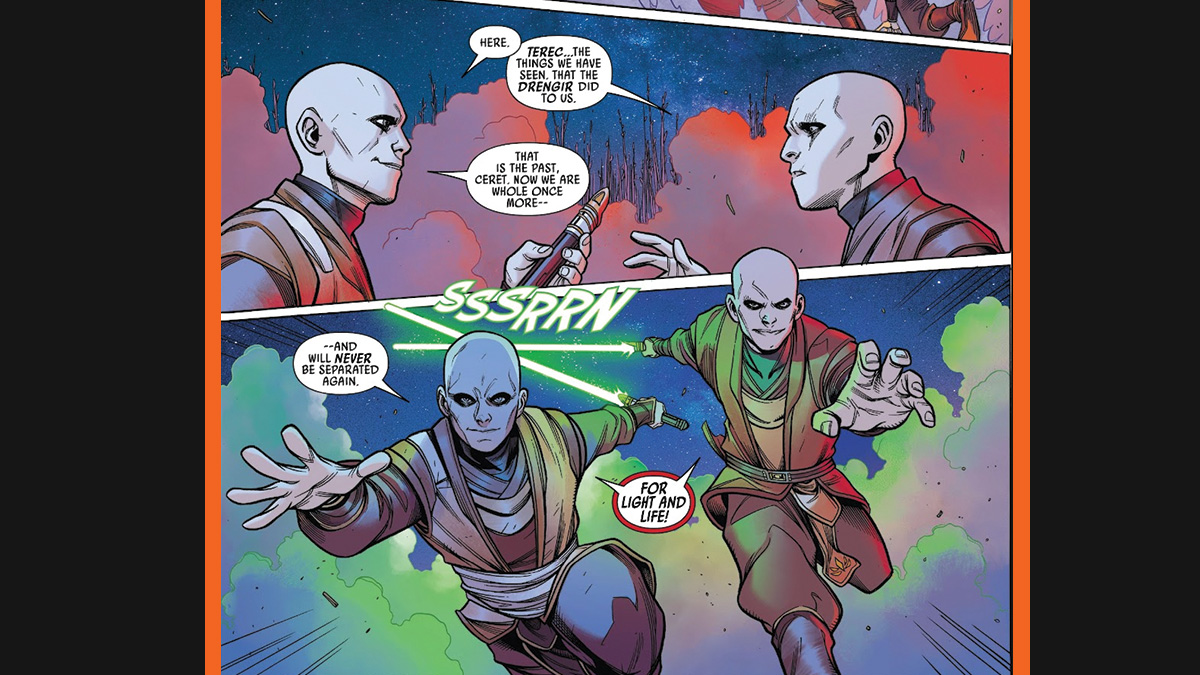
To have an alien race identify as non-binary isn’t a stretch. Gender is a construct that doesn’t exist in the wild. Chimeras, hermaphroditic animals, and non-binary animals have all been observed in nature, so planets where gender doesn’t exist make plenty of sense. What doesn’t is the inclusion of trans for a character that potentially comes from a genderless society.
To change from one gender to another, there has to be acceptance of gender. The Kotabi twins have this label slapped on them without ever taking the time to explore the concept of why they would choose it. It’s incredibly similar to scientific terms thrown into films or comics. It brings painful flashbacks of every 90’s hacker movie and the slang Hollywood thought made it sound like an authority on the subject. It’s like a writer heard the term, thought it sounded cool, and decided to use it — or worse, an executive saw the non-descript design of the characters and decided to throw a label on it without a reason as to why.
Without exploring the topic, it becomes a placating, pointless diversity push. It’s the worst form of “wokeness” because it feeds the right-wing trolls who don’t want diversity pushes in the first place. Waving a banner of inclusion without conversations around why it matters or the very real struggles that accompany the trans experience makes them less impactful. We love Luke because of his struggle with the dark side, Finn because of his struggle to overcome fear, and Ahsoka for her struggle to do what she knows is right, even when it means she loses everything. We love heroes because of the things they go through.
When the struggle is removed or glossed over, it gives the reader nothing to root for in a character. The twins are skilled with their lightsabers and offer relatively consistent background assists, but they’re oddities in their own world. As Jedi, their dedication to their monastic order and its many rules on relationships already put a block between them and “average” people. Couple that with their Spock-like depiction, atrocious character designs, and representation without reasoning, and you have the recipe for a character that could alienate even the most impassioned Star Wars fan.
At the end of the day, this does count as progress. The twins aren’t jokes or made out to be anything more or less than their Jedi counterparts. Many minorities began representation in cinema as a joke, or villains. Terec and Ceret aren’t outwardly awful; they aren’t used to push a negative agenda, and their inclusion could very well help someone out there feel represented and give them the strength to come out. But the twins don’t lend anything to the story either, besides conveniently providing plot points. Before the Star Wars universe can claim true representation, Disney needs to stop celebrating every diverse character before release. Rarely is an iconic role decided by a social media push ahead of launch, and Hollywood execs rarely know how to accurately depict specific groups they want to cater to for brownie points. The Star Wars fandom is incredibly vocal, passionate, and willing to argue about what matters to them in the universe. The quiet reception of Terec and Ceret is just as telling as vitriolic arguments; they were two characters that ended up mattering to no one at all.


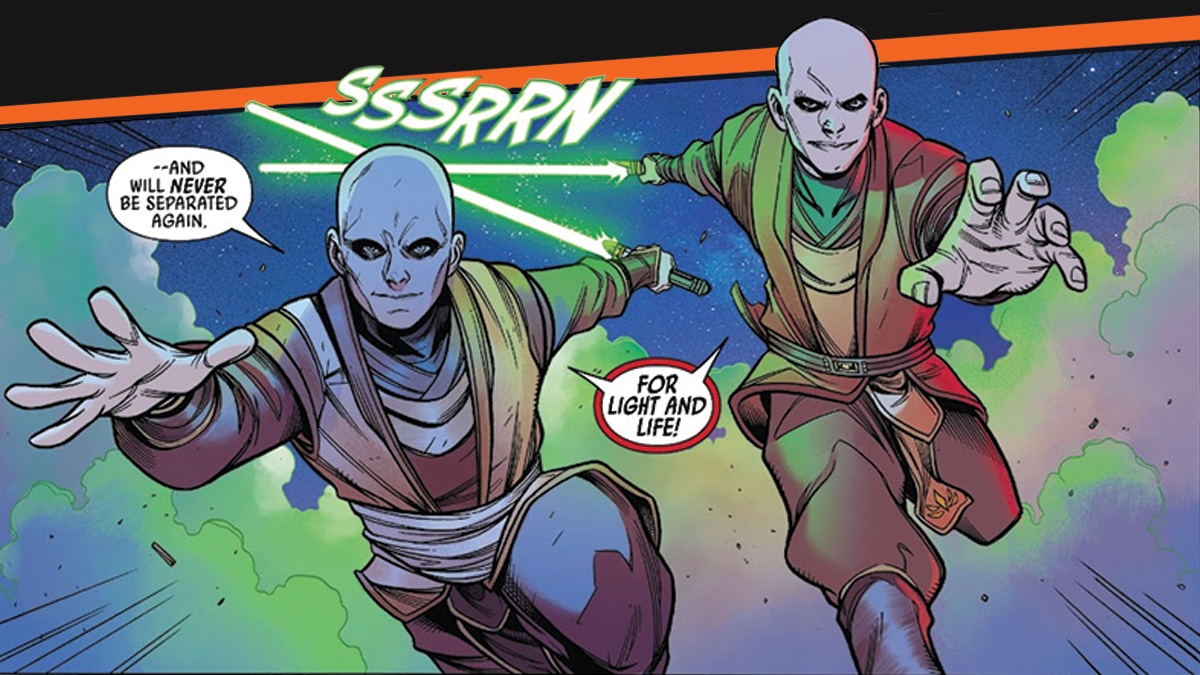
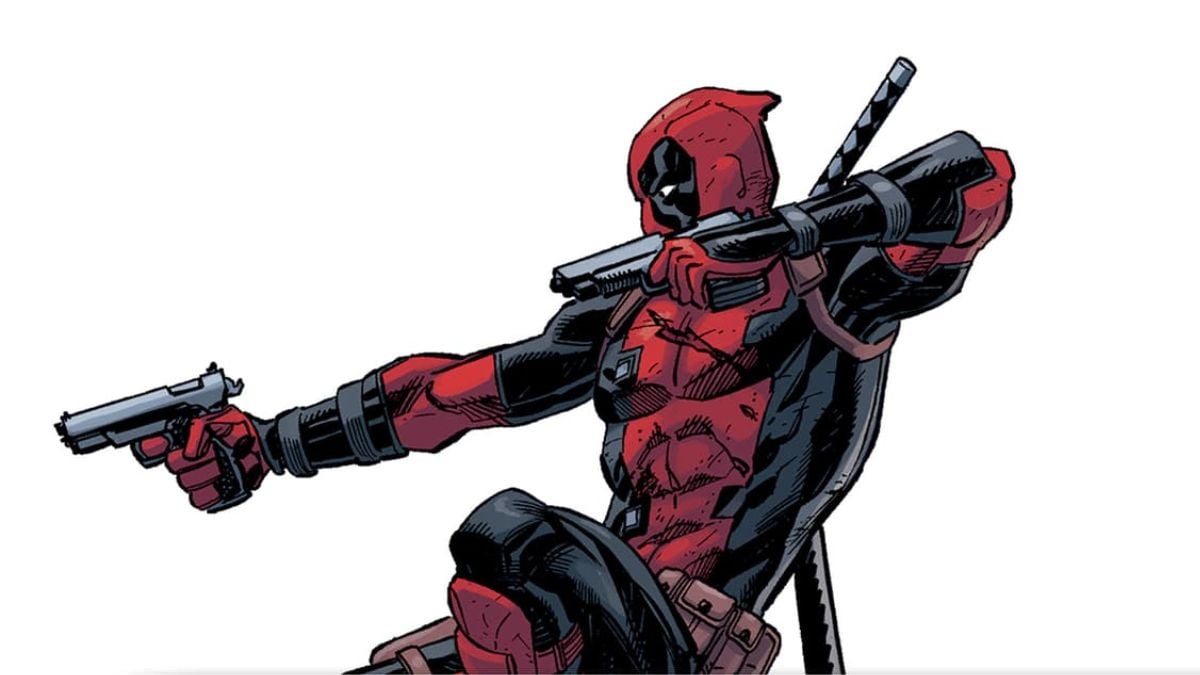
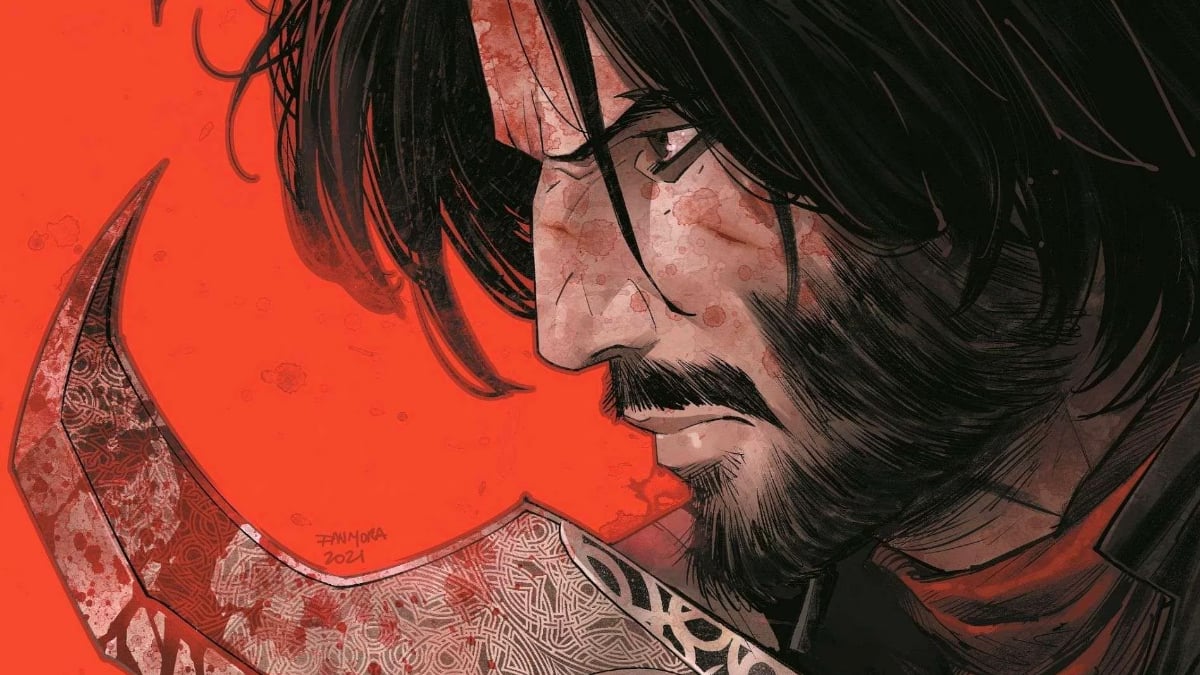
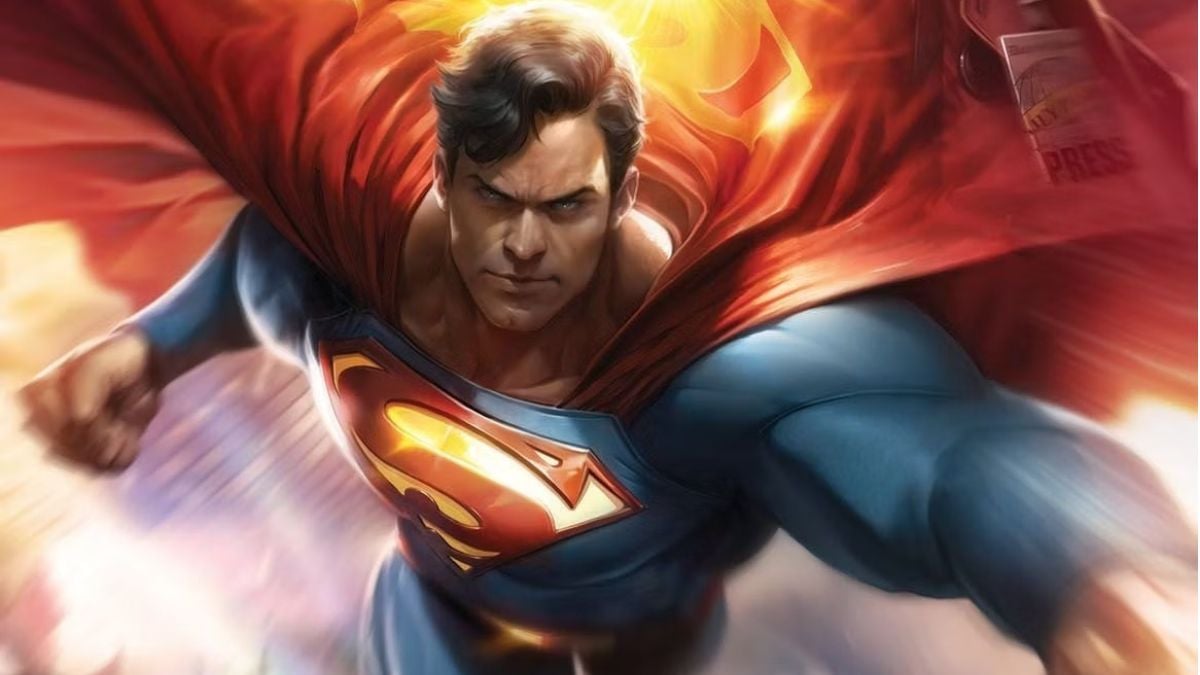
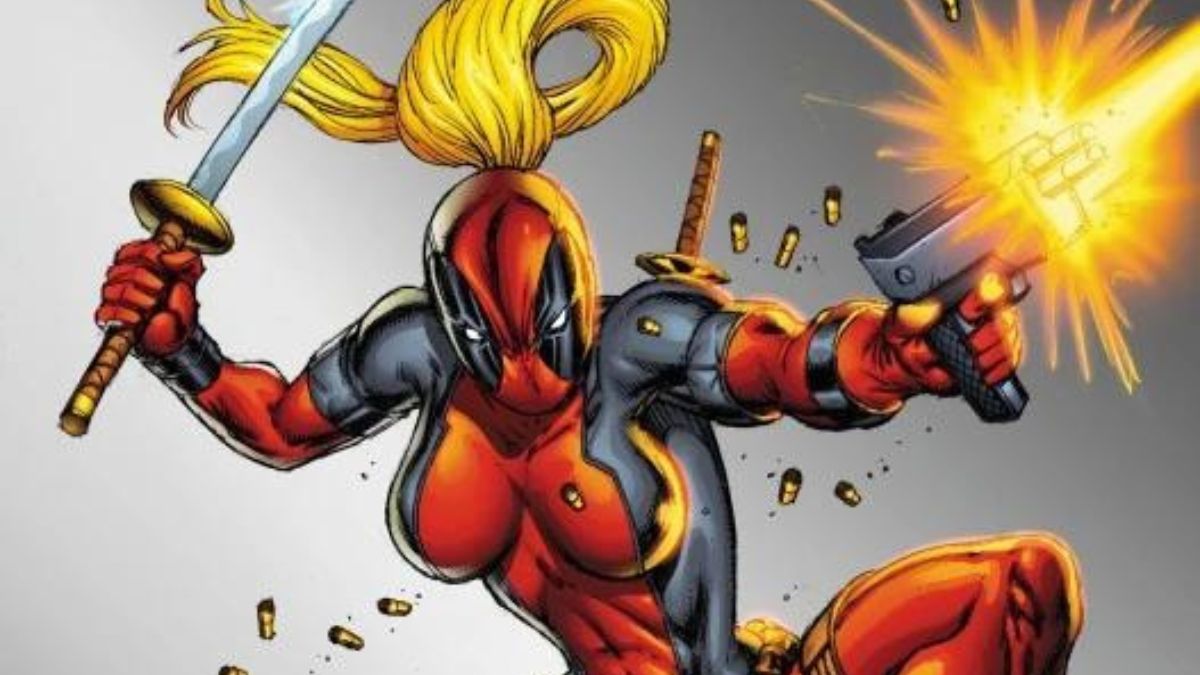
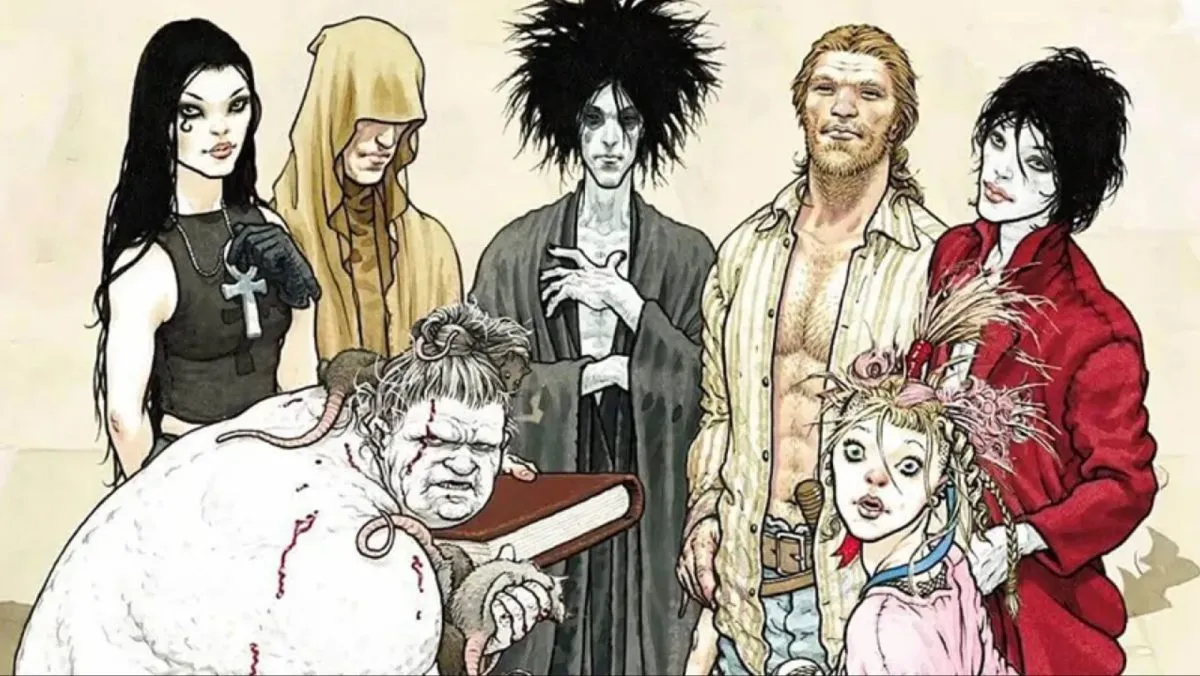
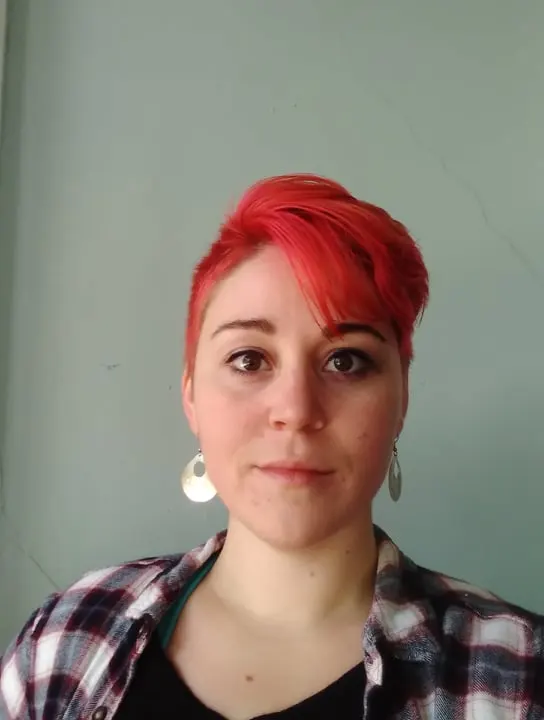
Published: Mar 15, 2023 03:09 pm